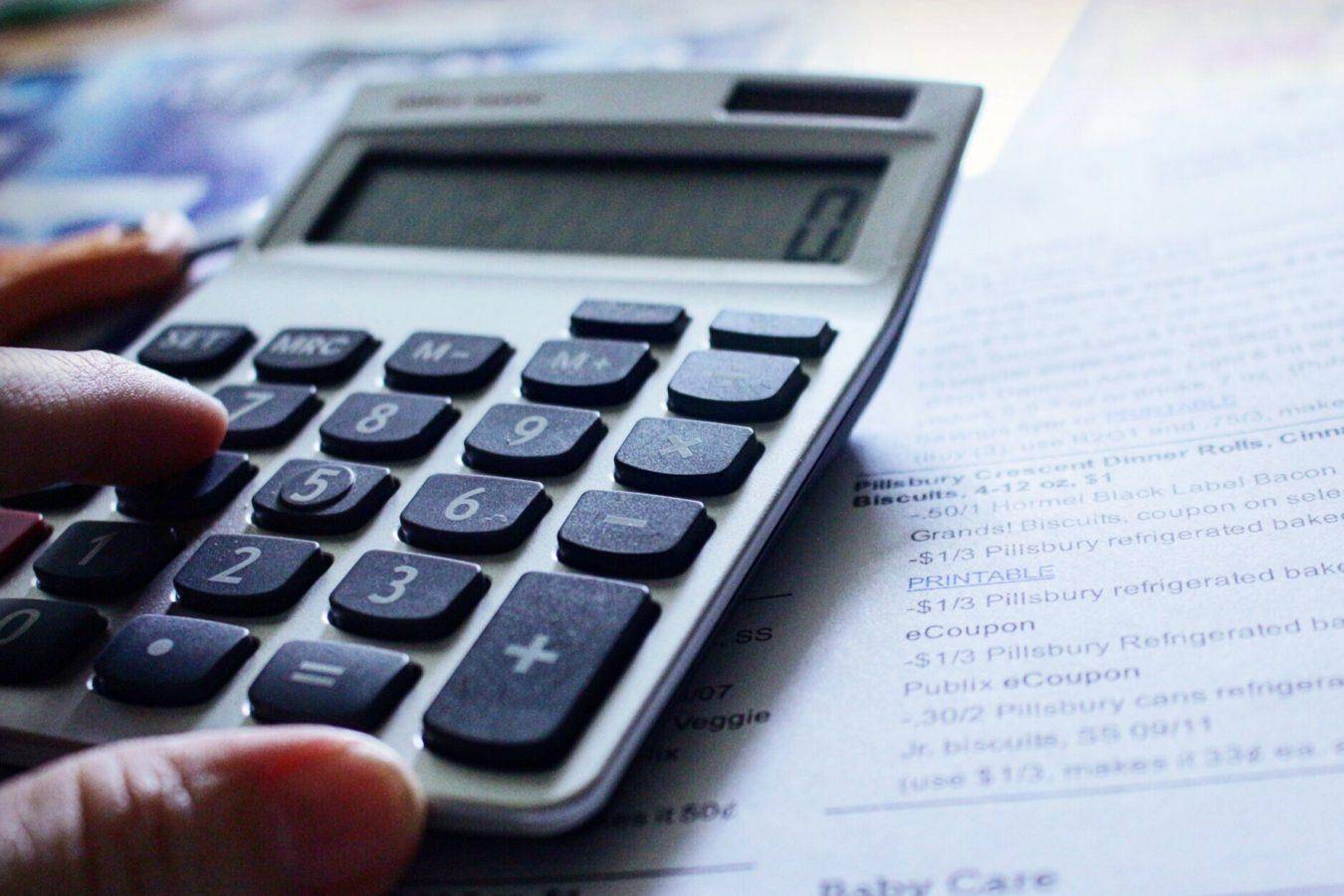Welcome to the biweekly budget user guide! This is the first budget user guide of five in a 6-week series.
Budgeting is frustrating and confusing at times. Nevertheless, it is one of the best tools at your disposal for gaining control of your money.
Did you know that 95% of our decisions and behaviors occur unconsciously (Harvard Study by Professor Gerald Zaltman)?
When you scroll through Amazon out of boredom, your unconscious mind can completely take over.
It is why you catch yourself buying things you really do not need or even want.
Finding a budget to fit your financial situation can help move those decisions back to your conscious mind.
However, it will not happen overnight.
“It may be unfair, but what happens in a few days, sometimes even a single day, can change the course of a whole lifetime…”
– Khaled Hosseini
If you make one small change in your financial life, it can lead to bigger changes. What is your dream financial life?
Learning this budget method could be the first small change to get you there.

How It Works
The biweekly budget method is my favorite method because it is low maintenance for my financial situation.
Here is how it works. You budget your bills based on when you are paid, that’s it!
For example, let us say you are receiving a paycheck on 02/25/2022. Your next biweekly budget will cover the dates 02/25/2022 to 03/10/2022.
The paycheck you receive on the starting date will pay the bills that are due during this date range. The budget period ends on 03/10/2022 because the next paycheck is arriving on 03/11/2022.
This is how you will budget every time you receive a paycheck. You can adapt this technique to any payment schedule.
For those of you paid weekly, your budget will cover one week at a time.
Are you interested in creating a budget for the entire month? Simply look at the calendar to mark all of your paydays for the next month.
Then create your budget for each upcoming paycheck.

Pros, Cons, and the 3rd Paycheck Wonder
To help you customize the right budget for you. I created a pros and cons list.
When approaching your finances it is always important to have all the facts.
I also included a section to explain the 3rd paycheck wonder and some ideas on how to take advantage of it.
Pros
- Track your bill payments easily based off your paycheck schedule
- Prevent overspending between paychecks (You will know exactly how much you have left over from every paycheck before paying bills)
- Split your more expensive bills across two paychecks
- The 3rd paycheck allows more leeway in your budget for unexpected bills
- Can lead to fewer expenses to track
- Creating a plan to save money on a monthly basis is easier
Cons
- This budget can take more time to setup in the beginning
- You may need to request due date changes from some of your creditors
- Your paydays will constantly rotate around your budget requiring a freshly written budget each month
- Tracking weekly could become overwhelming in the beginning
- Too much flexibility with disposable income could create retail therapy temptations
- Irregular expenses, such as property taxes or vet appointments, can throw off this budget type quickly

The 3rd Paycheck Wonder
The 3rd paycheck wonder occurs every 6 months for anyone paid biweekly.
What makes this paycheck so amazing is the amount is larger and isn’t included in your typical biweekly budget.
My 3rd paycheck usually covers groceries and maybe one other bill, due to the timing.
However, the rest of the money is mine to do what I want with it (usually an extra $500). Think of it as a money tool.
What should you do with the extra funds?
- Boost your savings or start your emergency fund
- Pay off a larger chunk of your debt
- Purchase something your household is really in need of
- Leave the extra funds in your checking account as a buffer
- Have some fun!
“The moments of happiness we enjoy take us by surprise. It is not that we seize them, but that they seize us.”
– Ashley Montagu
In other words, trying to get control of your finances or pay off debt can really be stressful.
That is why having some good old-fashioned fun with the extra money could do you wonders. You are on an emotional journey that can feel lonely at times.
Therefore, for one weekend every 6 months find some self-care to enjoy. I highly recommend 90-minute massages!
More Articles You May Be Interested In:
Snowball vs Avalanche Budget Method
5 Easy Ways to Save Money Without Budgeting
Find All of Your Debt
Before we get started with the actual steps to create your biweekly budget, let us locate all of your debt.
I know this sounds tedious but I promise it will be worth it. All you need to do is gather the materials below.
- Your free credit report
- All of your bank statements from last month
- Credit card statements from the previous month
- Open all of your mail
If you would like you can download the free checklist below to help you gather all of this information. It also includes where to find your free credit report. This worksheet is part of the Budget & Debt Payoff Planner in the Budget Planners Shop.
DOWNLOAD THE “LOCATE/GATHER YOUR DEBT CHECKLIST” HERE.
Steps to Create Your Biweekly Budget
Set your budget goal
I have found my budgets are most successful when I have a specific goal in mind.
Answer this question, what do you want to achieve this month… in 6 months… by the end of the year?
Your answer is your budget goal. Try aiming for a monthly goal when you are starting out.
Then once you reach it, upgrade to a 6-month goal or a yearly goal.
Create a master list of your expenses
Remember the materials you collected from the “find all of your debt” section, you will use them for this step.
On a blank piece of paper, start listing out all of your expenses and debt. Include:
- Creditor Name
- Due date of next bill
- Amount of next payment
- Total pay off amount of each debt
Reviewing all of the previous month’s documents will help you create this list without missing anything.
To save you a little more time, you can download the “List of debt worksheet” below for free. This is also part of our Budget & Debt Payoff Planner in the Budget Planners Shop.
DOWNLOAD THE “LIST OF DEBT WORKSHEET” HERE.

Mark your payday’s on the calendar
Grab a calendar and mark all the dates you receive a paycheck next month. Also, write down the amount of those paychecks.
If your pay changes each time, use the previous month’s deposits as a starting point.
You can update the paycheck amount as you are paid.
Knowing how much you earn will help you ensure you have enough to cover your bills.
Write out your biweekly budget
Now that everything is organized, start writing out your budget for each pay period using your master list.
Create a separate budget for each pay period. Every paycheck will cover the bills from the pay date through the day before the next pay date.
As you complete each budget, add up the total cost of your expenses to make sure your paycheck can cover it.
For some expenses, you may need two paychecks to pay the bill on time.
Apply your budget goal
Review your budget to find where you have leftover income (aka disposable income).
Do you want to start saving money on a monthly basis? Decide how much you can afford to put into your savings account.
Are you paying off debt? Choose one debt to start paying extra on each month.

How to Manage This budget Method Effectively
Budgeting is a tricky business sometimes. What looks great on paper is not always, what works in your bank account.
If there were not enough funds in your bank account to cover your last budget then the numbers were not realistic.
Adapt Your Budget Monthly
Review all of your statements from the previous month. Compare what you spent versus what you planned in your budget.
Is there an expense you didn’t realize you needed to include?
Did you underestimate how much you spent in other areas of your budget?
For next month, update the underestimated amounts to what you actually spent previously.
Doing this during the first few months will help the budget adapt to your financial situation and not the other way around.
Skills You Will Learn
Below are the skills you will become a master at with this method.
- Tracking your expenses
- Reviewing your previous month’s budget
- Planning for irregular expenses (Holiday spending, income taxes, property taxes, etc)
- Getting to know yourself and your natural spending habits (work with your natural habits rather than against them)
- Learn how to guide your money in the direction you want it to move instead of chasing after it

Spending Challenge
Have you heard of a “no spend challenge?” Well, this is a spending challenge.
It is an exercise to help you start strengthening your expense tracking skills.
The beauty of this challenge is it helps you realize how often you make purchases.
As well as, planning your shopping trips more strategically rather than going to the store daily.
An example is daily grocery shopping.
Challenge Rules:
For every two purchases, on a tracking sheet or download an expense-tracking app, write down how much you spent.
Then subtract those expenses from the leftover income in your budget.
The less you shop the fewer expenses you will need to track.
Challenge Goal:
The idea isn’t to change your spending habits right now. It is helping you see who you are from a financial standpoint.
More Articles You May Be Interested In:
Snowball vs Avalanche Budget Method
5 Easy Ways to Save Money Without Budgeting
Concluding Thoughts
But what if the biweekly budget does not work for my situation? I have you covered.
There are four more budget user guides coming your way over the next four weeks.
If this one particular budget does not work for you, then try a different one.
Here are the other budget types headed your way in order of their release:
In addition, the upcoming budget guides will be written with a similar structure as this writing.
I designed it that way to make it easier for you to compare budget methods as well as try them out.
If you missed the first 2 posts in this 6-week series I encourage you to check them out below.
How to Create a Budget for Beginners
5 Types of Budgets For Beginners
These posts go into more detail on basic budgeting regardless of the method you are using, along with a summary of how each of the upcoming budget methods work.
Happy Reading!
References
https://hbr.org/2002/06/hidden-minds
https://hbswk.hbs.edu/item/the-subconscious-mind-of-the-consumer-and-how-to-reach-it
Subscribe and you'll receive our weekly posts right in your inbox. You'll also be one of the first to be notified when our free budget course opens. Hope to see you there!





